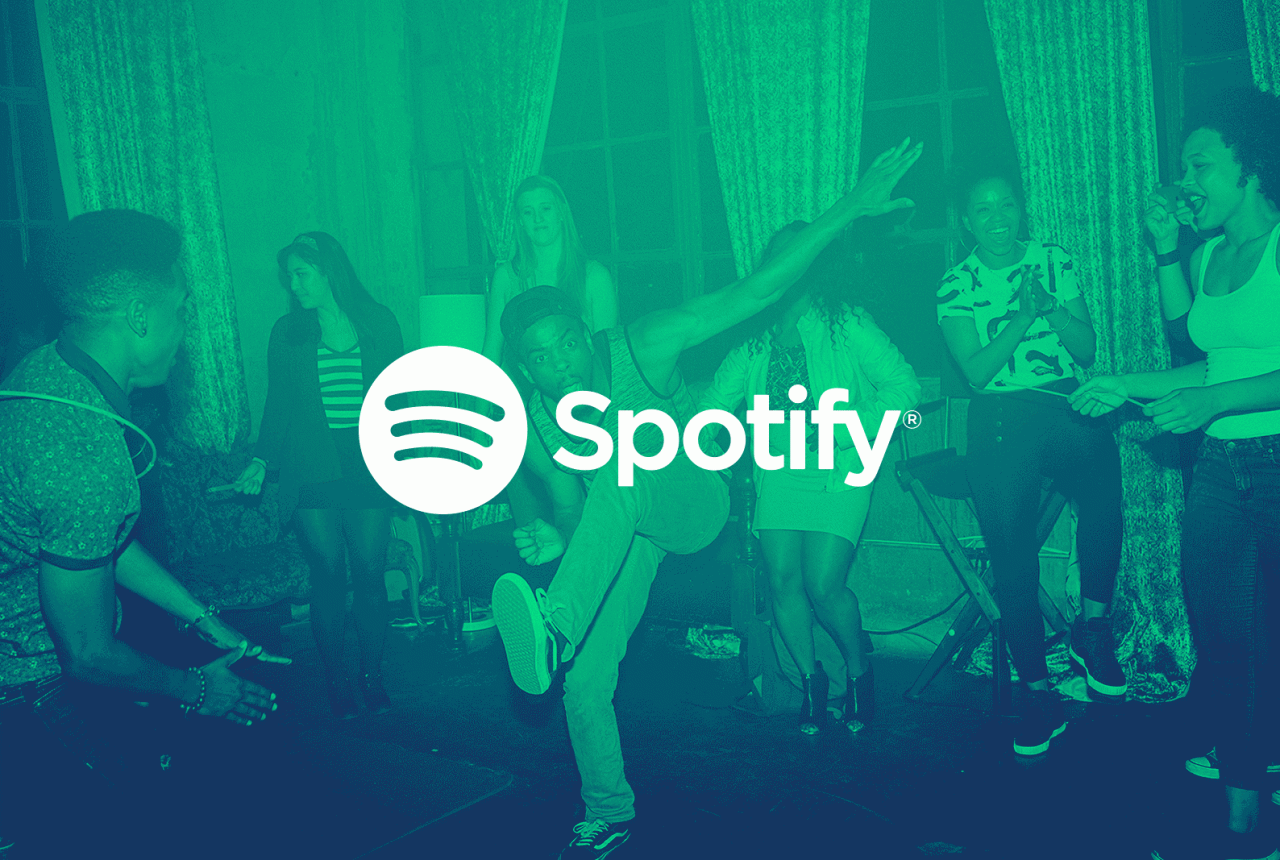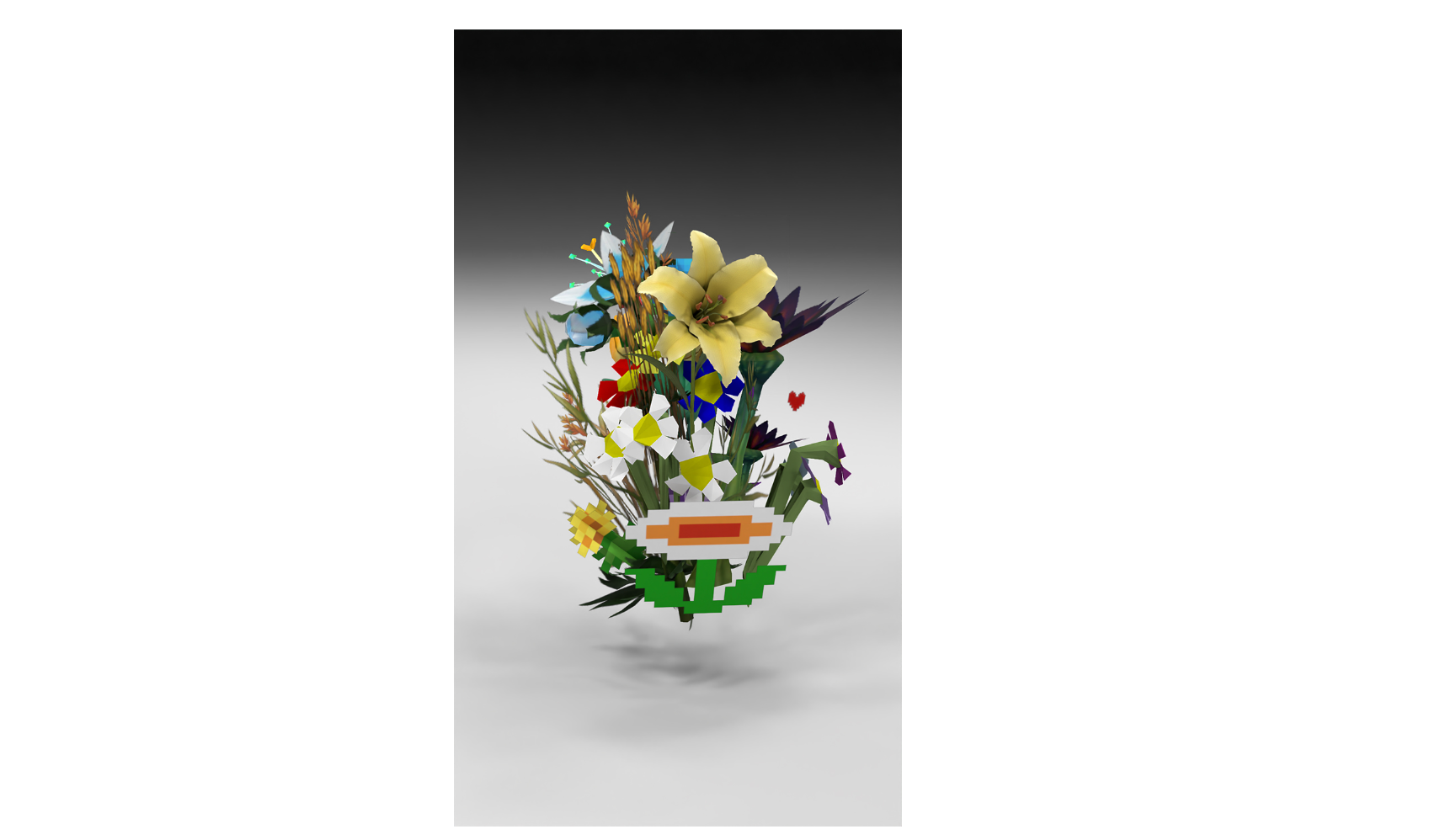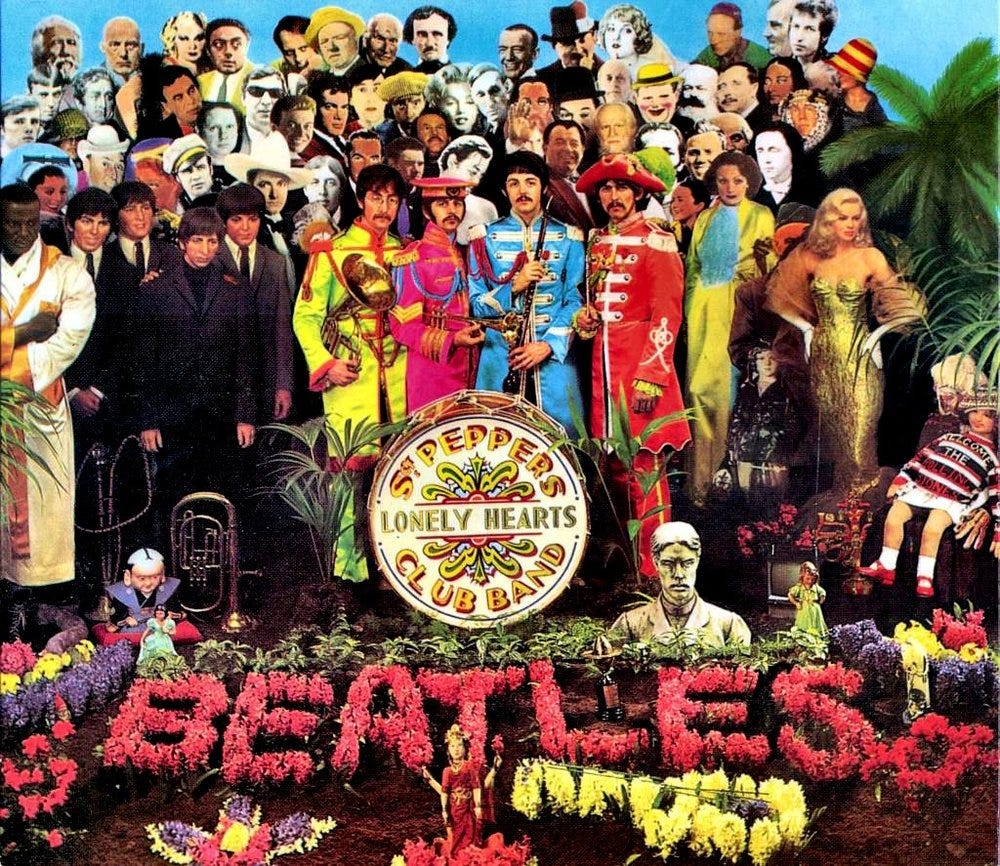The Lab Report 16 - Spotify, Def Jam and Community Curation

Hi everyone,
Lots of news to share this week. Looking at the articles we've included today, the main through line seems to be the slow and steady "mainstreamization" of web3. UMG supergroup KINGSHIP partners with Spotify to launch token-gated playlists, Def Jam signs an NFT band and famed modern art museum Centre Pompidou acquires a set of eighteen pieces of NFT art, including CryptoPunk #110 which joined the collection through a donation. Looking at these headlines, you'd be hard-pressed to see any signs of a bear market.
And yet despite this positive outlook, there's an inevitable tension between the top-down engagement we're seeing from major brands and the bottoms-up energy that propels much of the enthusiasm in crypto today. Purists are understandably wary of big brands swooping in. On the other hand, big brands have the distribution and marketing know-how necessary to expand crypto's reach. They bring in new audiences and in doing so they transform how fans relate to digital goods.
This will ultimately allow for more opportunities for artists interested in bringing their own fanbases into this world. As more and more people get exposed to wallets and NFTs, there will be more opportunities for artists to create web3-based experiences that meaningfully engage their fans.
The question then becomes how to balance this top-down approach with the grassroots energy that will sustain web3 in the long-run? How do we convert those coming in through the mainstream? I'm not sure anyone has the answers, but it's something to think about. Lots more below. Until next time.

Artist/Platform News
- Mordern Art Museum Centre Pompidou Acquires a Set of NFT Art
- Def Jam Signs Virtual NFT Band The Whales in Latest Web3 Deal
- KINGSHIP and Spotify Launch a New Token-Gated Playlist
- Former Warner Boss Steve Cooper Joins Board of Quincy Jones-backed NFT Platform OneOf
- Napster Acquires Web3 Music Startup Mint Songs
- Tycho Sells 700+ NFTs of His Album The Science of Patterns

Deeper Dives
Curation, Communities and Mechanisms | JPG
- María Paula, the co-founder of a new crypto protocol by the name of JPG, has written an interesting piece breaking down the importance of curation and how it works.
- The topic comes up a lot in crypto circles. Why? Because curation is essential in the development of culture. And crypto of course is looking towards decentralization as a way to disrupt culture.
- Curation connects ideas to a larger whole. It sets context through narrative and by "assembling, preserving, and surfacing constellations of information and objects." Curation creates dialogue.
- Paula cites Hans Ulrich Obrist's four functions of curators: preservation, selection of new work, contribution to art history and exhibition making.
- All in all the piece is a good overview of how curation works and the role Paula and the JPG hope to see it play through their curation protocol JPG.
Collecting Culture | Coopahtroopa
- Music web3 investor and influencer Cooper Turley has written a piece arguing for the importance of collecting culture. It pairs well with the article on curating included above. After all, part of the job of the curator is helping guide us towards which cultural artifacts are actually worth collecting.
- While I would have loved to see the piece expand a bit more on this topic, the main argument is important. On-chain objects allows us to collect and to own culture in a way that hasn't been possible until now. This is a key change that will unlock new kinds of behaviors and relationships between the "producers" of culture and fans.
- Pairs well with another recent piece from Cooper on the "On-Chain Race."
Revisiting “Post-Royalties”; Open Editions, and New Digital Rights | Dan Fowler
- We've featured a lot of great pieces from Dan Fowler in this newsletter. Here's another one. Here, Dan follows up on an article he wrote a year and a half ago called "The case for a post-royalties music industry." In it he argues that low barriers to entry and the transformation of our media consumption model make the current music industry's dependence on royalties impossible to square for new artists.
- In this most recent article, Fowler looks at recent developments in AI and across the crypto landscape to evaluate the validity of his original thesis, coming to the conclusion that the essential argument is valid and that for artists to make it in the new paradigm, they'll need a new set of tools.
- I was especially happy to see Dan link to Chris Dixon's article "NFTs and a Thousand True Fans." If there's only one link for this entire newsletter you click on, make it that one. It's one of the best pieces of writing I've seen on the value of NFTs for creators and I still return to it frequently.
Worldbuilding is Creative Resilience | Yancey Strickler
- Another great piece from Yancey Strickler of the Metalabel crew. Here, Strickley explores the concept of worldbuilding and the role it plays in the creative process. He cites examples from Sun Ra, Beyoncé, Paul McCartney, and more.
- While we've covered worldbuilding before, this piece felt more tactical than some of the more descriptive articles I've seen on worldbuilding. Instead of giving the usual examples from fantasy or superhero stories, Strickler comes to the topic with the goal of shifting the perspective of the creator.
- He uses questions, rules, and examples to bring about some introspection that propels the creative process instead of simply focusing on what a world is.
- From the article: "Creating work from your world takes conscious and unconscious practice. One way to do this through rules."
- "By imagining and immersing yourself in your world, it becomes more alive in your awareness. Its environment speaks to and through you, generating ideas and directions that reflect where and how your work naturally exists."

